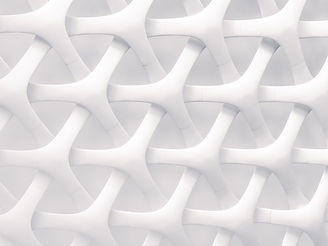
The Nervous System
The nervous system is the master control center of our body. It is responsible for both voluntary and automatic movement, emotions, memory, thinking, learning, senses, sleeping, aging, and all body processes such as heartbeat and breathing. It is our body's remote control, or the command center. This fast-acting system has three primary functions: sensation, integration, and response.
What is the Nervous System?


SENSATION
The sensation function of the nervous system is all about a stimulus. A stimulus can be defined as an event in the environment, in the nervous system, a stimulus is what causes a sensation. A stimuli has different forms according to what causes it, taste and smell are chemical stimuli. Touch and hearing is a physical stimulus, and sight is a light stimulus. There are also stimuli in the body called internal stimuli.

INTEGRATION
Integration comes after a sensation, or a stimulus. The nervous system processes this sensation. This occurs by stimuli getting compared with other stimuli, previous stimuli memories, or it depends on what state the person is in which causes a specific response. The nervous system combines sensory perceptions and high cognitive functions to integrate what is going on in and outside of the body.

RESPONSE
A response follows the nervous system’s sensation and integration function. The response is either voluntary, for example moving a skeletal muscle, or it is involuntary, like a heartbeat. A response is based on stimuli received by sensory structure to produce a specific response.
Primary Functions
Organization of The Nervous System
Central Nervous System (CNS)
Consists of the brain and spinal cord; responsible for sending messages to the body through nerves
Peripheral Nervous System (PNS)
Brain
Uses neural networks to preform a variety of functions
Spinal Cord
Generates a response to sensory stimulus
Autonomic Nervous System
Controls glands and internal organ muscles, "automatic" actions
Somatic Nervous System
Responsible for voluntary control of skeletal muscles
Sympathetic Nervous System
"fight or flight"
Efferent Nervous System
motor input
Afferent Nervous System
Sensory Input
Parasympathetic Nervous System
"rest + digest"